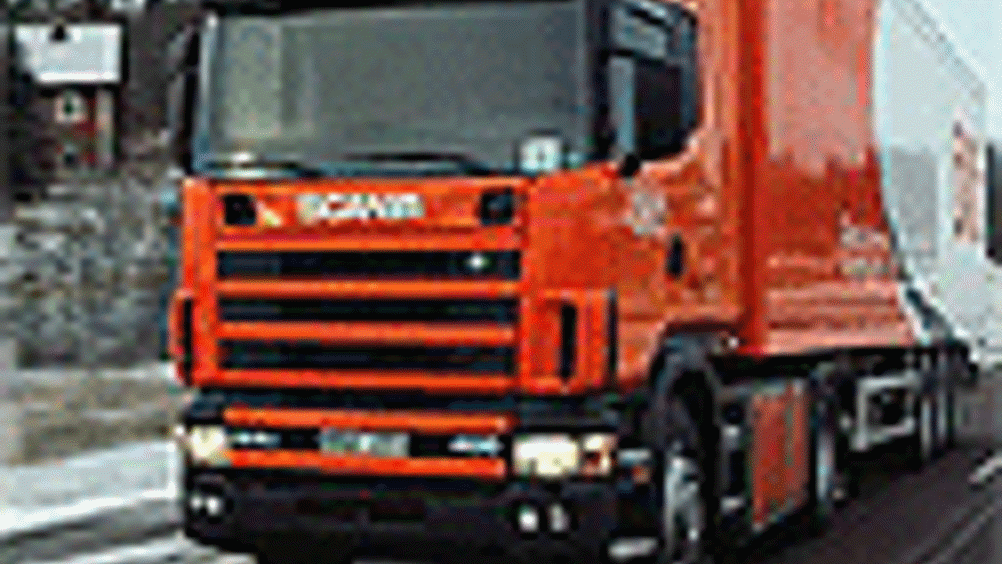Air of intelligence
Once the preserve of HGVs and the luxury cars market, advances in electronic control are making air-spring technology available to a wider range of vehicles. Lane Whitward explains.

Air spring technology is common on trucks and trailers, and has obvious advantages for off-road cars and commercial vehicles that do a lot of towing. It is also fitted on some luxury cars.
But even though the technology has been around for a while in these markets, it is not until recently that it has become a possibility for vehicles such as high-performance sports cars, ambulances, disabled transport, motor caravans and those carrying delicate loads.
Tyre giant Firestone has provided the missing link by using ride height sensors and an electronic control unit, called Intelliride, to allow the air springs to adjust to different loads, road conditions — or simply driver requirements.
Air springs produce spring force by compressing a trapped volume of air, contained by a sleeve-like reinforced rubber bladder held between two end-plates. The ride-height of the vehicle can be changed by controlling the air pressure inside the spring with an onboard compressor. Also, by profiling one of the aluminium end-plates into a conical shape, the volume of the air inside the spring can be changed, altering the spring rate or the resistance the spring produces when it is compressed.
Register now to continue reading
Thanks for visiting The Engineer. You’ve now reached your monthly limit of news stories. Register for free to unlock unlimited access to all of our news coverage, as well as premium content including opinion, in-depth features and special reports.
Benefits of registering
-
In-depth insights and coverage of key emerging trends
-
Unrestricted access to special reports throughout the year
-
Daily technology news delivered straight to your inbox










British Steel Signs Five Year Deal With Network Rail
It was all very well to pass emergency legislation which amounted to a ´command economy´ for the industry (directors could be ordered to continue the...